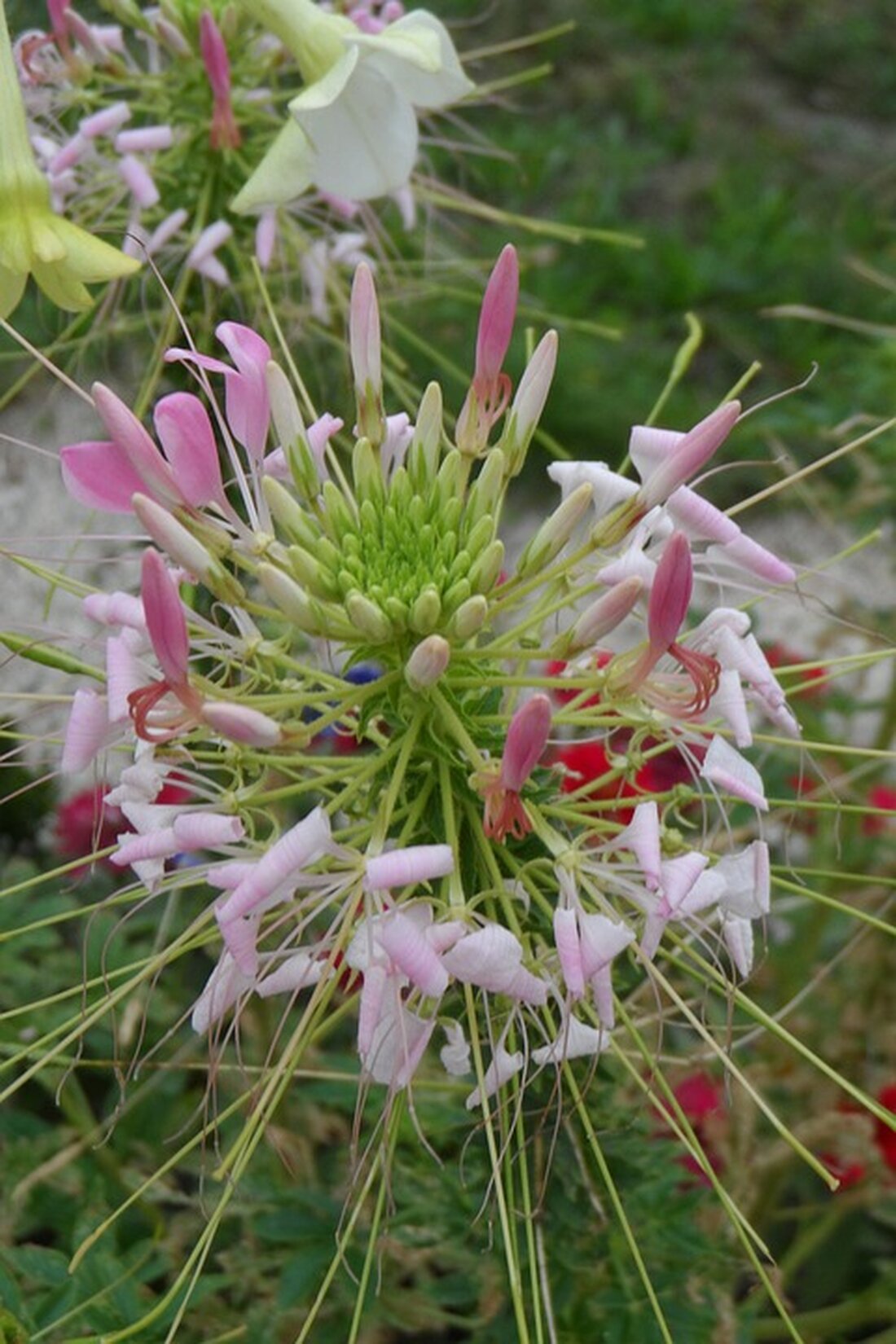Summer 2025: Discover the history and nature of Saigon!
Discover Saigon in summer 2025: historical sites, culture and nature await you. Plan your trip now!

Summer 2025: Discover the history and nature of Saigon!
In the summer of 2025, Ho Chi Minh City, also known as Saigon, will be a popular tourist destination. The city offers a variety of historical and cultural places as well as impressive natural experiences. The ideal time to explore this metropolis could be around May 21st, as the city has a lot of offers for visitors on this date. Vietnam.vn reports that those interested have the opportunity to learn about national history and relax at the same time.
An outstanding example of Vietnam's history is the Independence Palace, also known as the Reunification Palace. This magnificent structure is located at 135 Nam Ky Khoi Nghia Street, in the first district of Ho Chi Minh City. The palace is not only an important symbol of Reunification Day, but also the place where the end of the Vietnam War was marked on April 30, 1975. Visitors can view the impressive architecture, conference rooms and offices. Particularly interesting is the basement area, which houses a communication system and battle maps.
The historical background of the Palace of Independence
The Reunification Palace was built on the site of the former Norodom Palace, which was originally completed in 1873. The palace served as the residence and office of the President of South Vietnam during the Vietnam War. The famous architect Ngo Viet Thu was responsible for the design of the new palace, construction of which began in 1962. However, the first President of the Republic of Vietnam, Ngô Đình Diệm, who renamed the palace and had it demolished in 1955, was never able to enter the new building because he died during a coup in 1963. The palace was finally inaugurated in 1967 and is now one of the city's most important landmarks.
On April 30, 1975, a North Vietnamese tank broke through the palace gates, marking the final end of the Vietnam War. Just a few months later, in November 1975, the palace was renamed the Reunification Palace. The building's impressive facade is 80 meters wide and extends over a 12-hectare complex with a garden and a guest wing for 800 people.
Other sights in Ho Chi Minh City
In addition to the Independence Palace, there are numerous other sights in Ho Chi Minh City that point to a fascinating history. One example is the War Remnants Museum, located at 28 Vo Van Tan Street in District 3. This museum preserves authentic evidence of war brutality and addresses, among other things, the effects of Agent Orange as well as war crimes and anti-war movements.
Another significant destination is the Ho Chi Minh City History Museum, located at 2 Nguyen Binh Khiem Street in District 1. With over 40,000 artifacts, it embodies the history and culture of Vietnam and features collections from various cultures, including the Oc Eo and Champa cultures to the Nguyen Dynasty. The museum's architecture combines traditional Indochinese and Asian styles.
For nature lovers, the area around Ho Chi Minh City offers numerous excursion destinations. Here are some recommended routes:
- Ho Tram, Ba Ria – Vung Tau: Ca. 2,5 Autostunden entfernt, bekannt für Resorts und Mineralquellen.
- Cat Tien Nationalpark, Dong Nai: Ca. 3 Autostunden entfernt, ideal für Naturerlebnisse.
- Tri-An-See, Dong Nai: Ca. 100 km entfernt, beliebt für Camping und Outdoor-Aktivitäten.
- Mui Ne, Binh Thuan: Ca. 3 Stunden Autofahrt, berühmt für seine weißen Sanddünen.
- Can Gio, Ho-Chi-Minh-Stadt: Ca. 50 km vom Stadtzentrum entfernt, ein Weltbiosphärenreservat mit Mangrovenwäldern.
This combination of cultural richness and natural experiences makes Ho Chi Minh City an ideal destination in summer 2025 for tourists who want to experience both Vietnamese history and its impressive landscape. Information about these attractions and more can be found at Vietnam.vn and in the detailed consideration of the Independence Palace on Wikipedia.

 Suche
Suche
 Mein Konto
Mein Konto